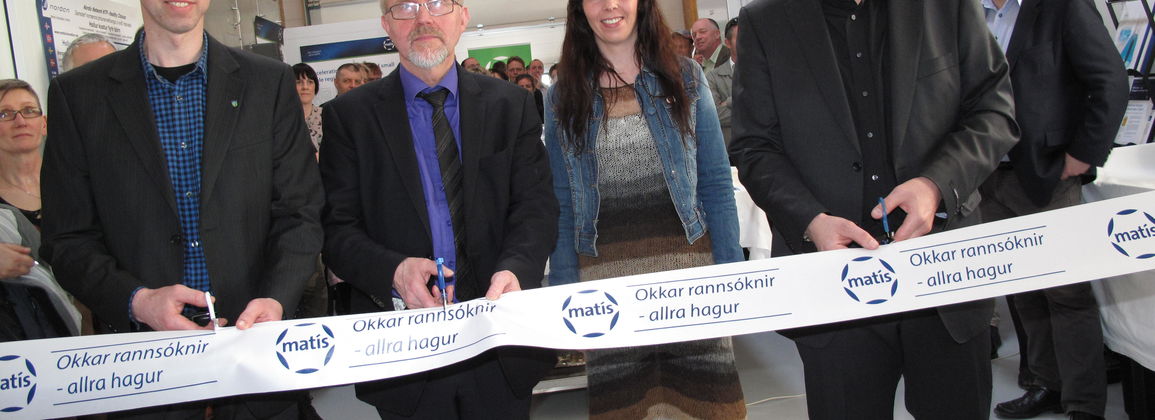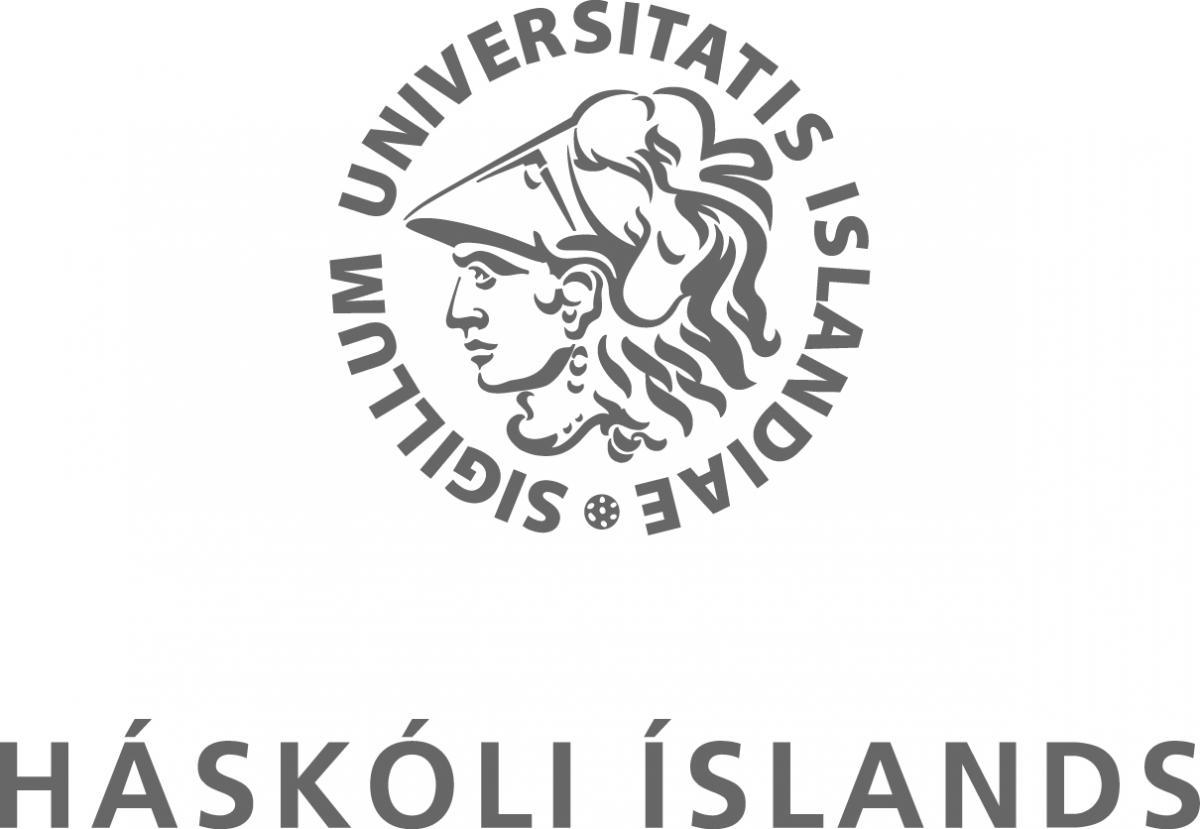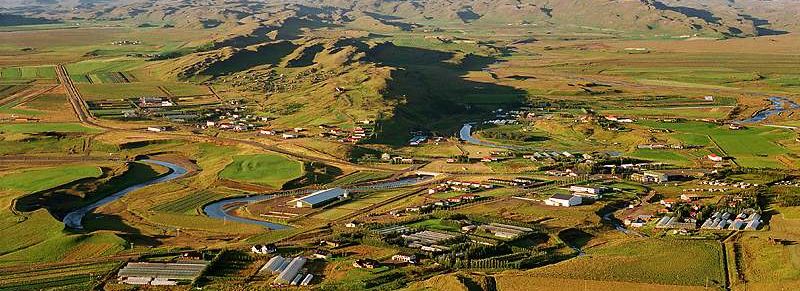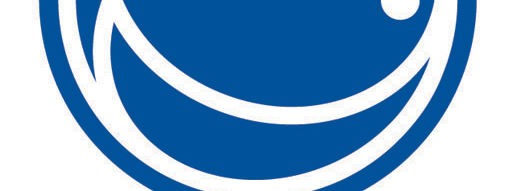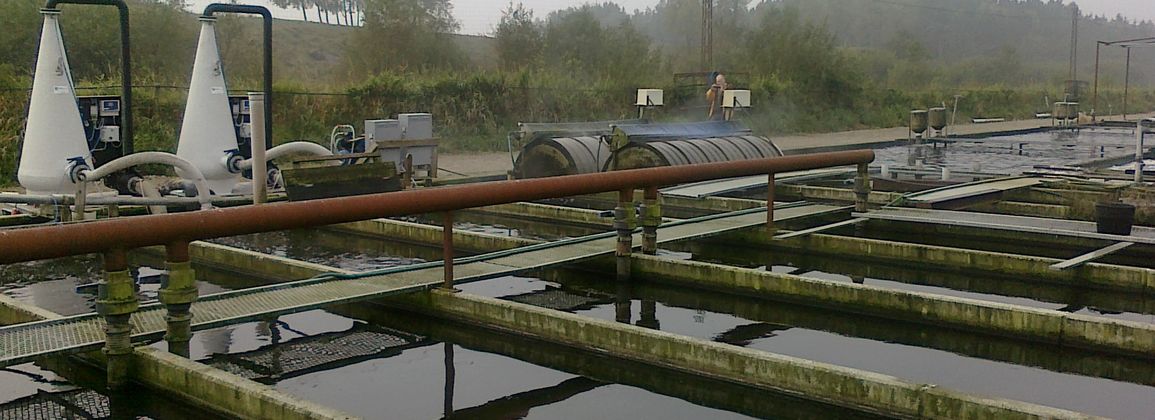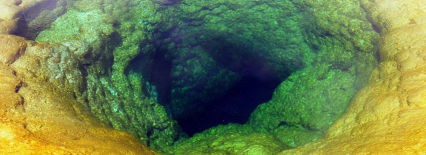More than 70 people got on well yesterday in Matís' newest Matarsmiðja located in Flúðir.
Yesterday, Matarsmiðjan á Flúðir was formally opened with pomp and splendor. Many good guests attended and the individuals of the stakeholders who run Matarsmiðjan spoke. Jón Bjarnason, Minister of Fisheries and Agriculture, was the last to speak and formally opened Matarsmiðjan in a symbolic way with a table cut together with Vilberg Traustason, station manager from Matís, Ragnar Magnússon, head of Hrunamannahreppur and Gunnfríður Elín Hreiðarsdóttir, assistant to the minister (see photo).
Since 2010, work has been underway on the preparation of Matís' new office in Flúðir, which is the eighth outside the headquarters in Reykjavík. This is a so-called food factory, but Matís has built workshops like these with good results in Höfn in Hornafjörður and in Egilsstaðir.
Matarsmiðjan is run by Matís in collaboration with the municipalities in the uplands of Árnessýsla, Atvinnuþróunarfélag Suðurlands, Háskólafélag Suðurlands and Háskóli Íslands and is located at Iðjuslóð 1.
The purpose of Matarsmiðjan is e.g.
- to promote small-scale food production in the South by offering facilities, education and advice
- to promote higher education and employment opportunities in research and product development of food and related fields
For further information Vilberg Tryggvason at Matís but you can also find information about the office in Flúðir here.

